Thayer Mansion
Thayer Mansion
Joel Thayer arrived in the Village of Skaneateles in 1835. His home at 77 E. Genesee Street was a showplace and still stands. Thayer acquired the house in 1862, adding a mansard roof and iron work, as well as an apiary, solarium and formal gardens. The original home, built in 1829, was completely restored in 2005.Skaneateles Historic District added 1984 - Onondaga County
John Legg (1773-1857) was a blacksmith, a carriage maker, and a businessman who prospered in the Village. His son-in-law and daughter, Mr. & Mrs. Joel Thayer, donated the tower clock in memory of her parents, Mr. & Mrs. John Legg, on Christmas of 1873. The clock was made by Howard Delano of Mottville.
Joel Thayer
Thayer was the picture of industry. He arrived in the Village in 1835 to clerk for John Legg in his carriage works, and within months married his employer’s daughter, Juliette.
To Legg’s business interests Thayer married his business acumen, and made both of them wealthy. At various times, they owned a distillery, a farm, a saw mill, a paper mill and the flouring mill in the Village.
Thayer served as Postmaster, President of the Board of Trustees of the Village, founder and President of the Bank of Skaneateles, and founder and President of the Skaneateles Railroad Company. In Syracuse, he was president of the Trust and Deposit Company, vice-president of Syracuse Chilled Plow and the Central City Railroad Companies, and a director of the American Steamboat Company that ran boats on Lake Ontario and the St. Lawrence River.
A civic-spirited man, Thayer was also a founder of the Skaneateles Library Association and president of the Lake View Cemetery Association, to which he provided a great service. In 1878, after the suicide of Charles Pardee, a villain straight out of Dickens, Thayer bought the Evergreen Cemetery lands that Pardee had hoarded, accepted the adjacent Lake View lands gratis from the cemetery trustees, and donated the combined properties to the Village the following day.
Source: https://www.loc.gov/rr/print/
Legg Hall
In 1866-68, across the street, Thayer built Legg Hall to honor his father-in-law. In 1873, when the wood-framed St. James’ church was being torn down to make way for construction of a new stone church, Legg Hall welcomed the parish and served as its house of worship until the new building was completed.
Thayer Park
Thayer’s monuments in the Village are many. His home on Genesee Street was and is a showplace. Thayer acquired the house in 1862, adding a mansard roof and iron work, as well as an apiary, solarium and formal gardens. In the carriage house to the rear, iron grillwork separated the horses’ stalls and hand-carved oak arches crowned them, each bearing the name of its equine resident.
did you know?
On December 2nd, 1868, Phineas Taylor Barnum, America’s greatest showman, delivered his lecture, “The Art of Money-Getting,” at Legg Hall.
P.T. Barnum had made a fortune with his American Museum in New York City, with its 850,000 exhibits and curiosities, and lost it all through bad investments.
In 1858, he went to England, wrote “The Art of Money-Getting,” and presented the two-hour lecture more than 100 times in England and continental Europe, before trotting it out across the United States.
The Oswego Times noted, “No man of common sense can hear such a lecture without being both delighted and largely benefited by it.”
“I will loose my camel, and trust it to God!” “No, no, not so,” said the Prophet, “tie thy camel, and trust it to God!”








